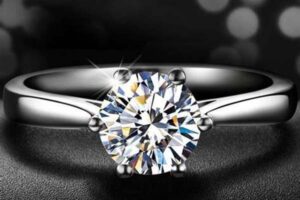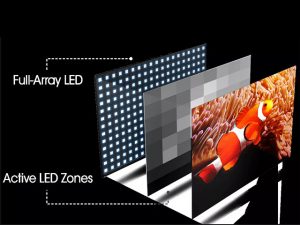
Lepidolite and amethyst are two minerals that are often sought after for their beauty and unique properties. Both minerals have a rich history and have been used for various purposes throughout the ages. In this post, we will compare lepidolite and amethyst in terms of their physical characteristics, cultural significance, and any other relevant differences.
What is Lepidolite?
Lepidolite is a lithium-rich mica mineral that is typically found in granite and pegmatite deposits. It is known for its pink to purple color, which is caused by the presence of lithium, manganese, and iron. Lepidolite is often found in crystal form, with the crystals having a rectangular or hexagonal shape.
Lepidolite has a long history of use, dating back to ancient civilizations. It was used by the ancient Greeks to make jewelry and decorative objects, and it has also been used in traditional medicine as a calming and balancing agent. In modern times, lepidolite is still prized for its beauty and is often used in crystal healing practices.
What is Amethyst?
Amethyst is a variety of quartz that is known for its purple color, which is caused by the presence of iron and other trace minerals. Amethyst is found in many different shades of purple, ranging from pale to deep violet. It is often found in geodes, which are hollow rock formations that contain crystal formations.
Amethyst has a rich cultural history, with the ancient Greeks and Romans believing that it had powerful healing properties. It was also a popular gemstone in the medieval and Renaissance periods, with many royalty and clergy wearing amethyst jewelry. Today, amethyst is still highly valued for its beauty and is often used in jewelry and decorative objects.
Comparison of Lepidolite and Amethyst
When comparing lepidolite and amethyst, one of the most obvious differences is their color. Lepidolite is typically pink to purple in color, while amethyst is a deep purple color. Additionally, lepidolite is found in crystal form, while amethyst is often found in geodes.
In terms of cultural significance, both minerals have a long history of use. Lepidolite was prized by the ancient Greeks for its beauty and was used in traditional medicine, while amethyst was highly valued by the ancient Greeks and Romans for its supposed healing properties. Both minerals have also been used throughout the ages as gemstones and for decorative purposes.
One key difference between the two minerals is their composition. Lepidolite is a lithium-rich mica mineral, while amethyst is a variety of quartz. This means that lepidolite has a different chemical makeup and physical properties than amethyst.
Conclusion
In conclusion, lepidolite and amethyst are two beautiful and unique minerals that have a rich history and cultural significance. While they share some similarities, they also have many differences, including their color, composition, and the forms in which they are found. Whether you are drawn to the calming properties of lepidolite or the rich purple color of amethyst, these minerals are sure to add beauty and interest to any collection.




